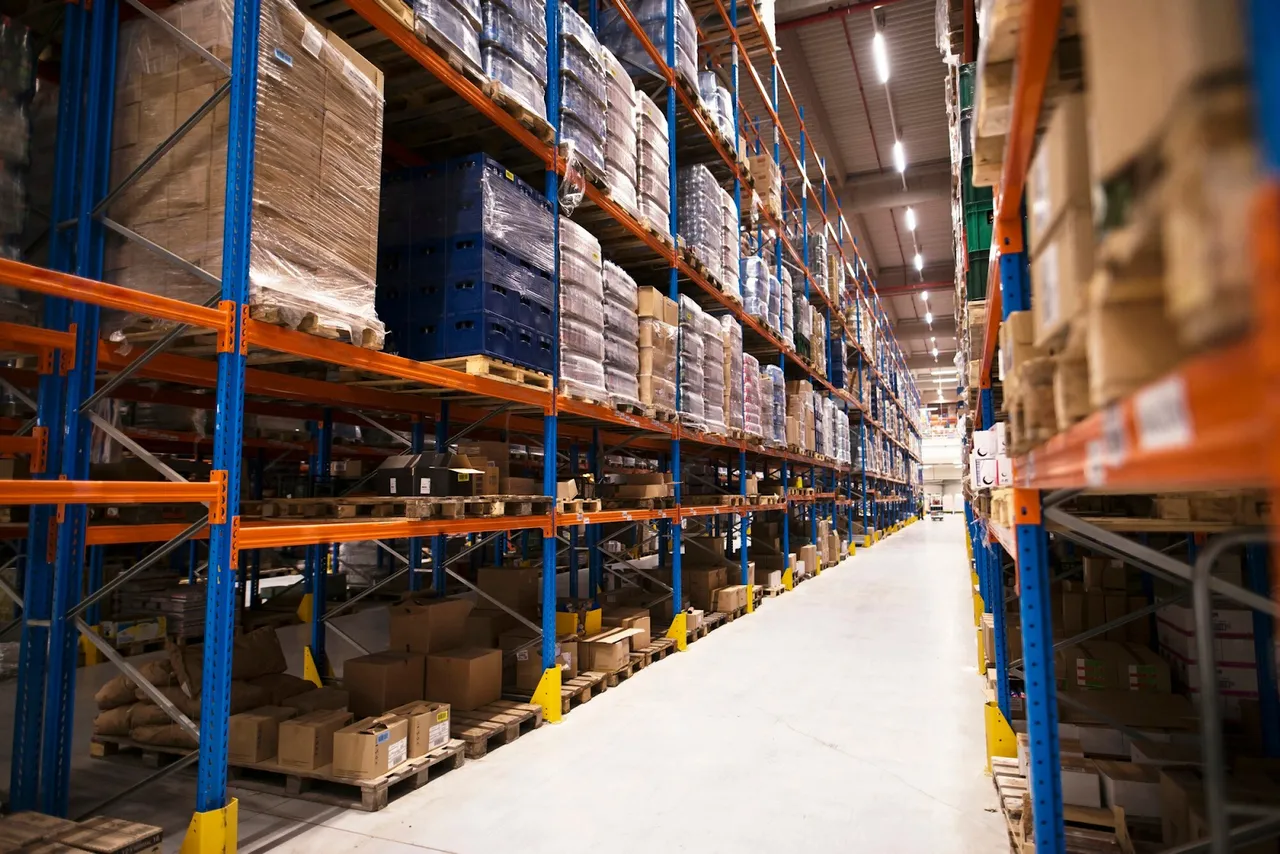In the world of ecommerce, fulfillment and warehousing are key elements that directly influence a store's ability to deliver products quickly, efficiently, and profitably. The decision between local warehousing and global fulfillment is particularly critical. Whether you're a small business aiming to optimize shipping times or a large brand looking to scale internationally, the right strategy can help streamline your operations and improve customer satisfaction.
Fulfillment strategies essentially boil down to two key models: local warehousing and global fulfillment. In this article, we’ll explore each approach’s pros and cons, dive into key factors to consider when making a decision, and discuss how you can effectively implement both to enhance your business operations. Whether you opt for one model or a hybrid approach, understanding these strategies will help you make an informed decision that suits your business goals.

What Is Local Warehousing?
Local warehousing refers to storing inventory in warehouses within the same country or region where your business operates. This strategy allows for quicker shipping to domestic customers, making it ideal for businesses focusing on a local market.
Local warehousing minimizes shipping times and shipping costs for domestic customers, offering a competitive advantage in terms of speed and efficiency. Since the fulfillment center is closer to your target customers, you can ensure quicker delivery and reduce the costs associated with international shipping. Additionally, businesses can have greater control over inventory management, which allows them to respond faster to demand fluctuations and maintain optimal stock levels. With local warehousing, you can improve customer satisfaction by providing fast and cost-effective delivery, which builds trust and encourages repeat purchases.
What Is Global Fulfillment?
Global fulfillment involves storing products in warehouses located around the world through third-party logistics providers (3PLs). This model allows businesses to sell to international customers without needing to establish multiple warehouses in each country.
The most significant advantage of global fulfillment is that it offers global market access without the need for major upfront investments in international warehouses. By partnering with third-party logistics providers, you gain access to a global network that can distribute your products efficiently across the world. This model allows you to tap into international demand and expand your reach to a broader audience. Additionally, products stored in regional fulfillment centers can be shipped faster, improving shipping times and customer satisfaction. Global fulfillment also simplifies the scaling process for businesses aiming to grow internationally by leveraging third-party expertise and resources to handle the complexities of international logistics.

Pros and Cons of Local Warehousing
Pros of Local Warehousing
Local warehousing offers several key advantages, the most notable being faster delivery times. By keeping inventory close to your target customers, shipping times are minimized, allowing for quicker order fulfillment. This not only improves the customer experience but also reduces the chances of delays that can arise from international shipping. Another advantage is greater control over inventory management. With local warehousing, businesses can closely monitor stock levels, ensuring that inventory is replenished as needed and reducing the risk of stockouts or overstocking. Additionally, local shipping is often cheaper, which results in lower shipping costs for businesses serving a domestic market.
Cons of Local Warehousing
Despite its advantages, local warehousing does come with certain drawbacks. The most notable limitation is that local warehouses only serve domestic markets, which can limit your ability to expand globally without additional infrastructure. As your business grows, establishing multiple warehouses across different regions might become necessary, which can increase operational complexity. Moreover, the setup and operational costs associated with running local warehouses can be high, especially in regions with limited space or high demand. Finally, managing multiple local warehouses can be a challenge, requiring sophisticated inventory systems and logistical coordination, which could lead to potential stock imbalances or mismanagement across different locations.
Pros and Cons of Global Fulfillment
Pros of Global Fulfillment
Global fulfillment offers wider market reach, allowing your business to reach international customers without needing to establish warehouses in each country. By storing products in multiple global fulfillment centers, businesses can serve customers worldwide with faster shipping times and often lower shipping costs than shipping directly from a domestic warehouse. This gives you the opportunity to tap into new markets and expand your customer base without significant infrastructure investments. Another benefit is scalability. As your business grows, global fulfillment allows you to scale operations quickly and efficiently by leveraging third-party logistics providers that handle the complexities of international shipping and storage.
Cons of Global Fulfillment
However, there are certain downsides to global fulfillment. One significant challenge is higher shipping costs. While regional fulfillment centers can reduce international shipping times, the overall cost of international shipping remains higher than domestic fulfillment, potentially cutting into profit margins. Additionally, with global fulfillment, businesses have less control over their inventory. Since third-party providers manage the warehouses, businesses may face stock discrepancies or delays that could affect customer satisfaction. Lastly, managing global fulfillment operations can be complex. Handling fulfillment across multiple countries requires significant logistical coordination and advanced systems to track inventory, manage returns, and ensure customer satisfaction.

Factors to Consider When Choosing Between Local Warehousing and Global Fulfillment
When deciding which fulfillment model is right for your business, there are several important factors to consider.
Your Target Market
One of the most important factors is where your target customers are located. If you serve a primarily domestic customer base, local warehousing may be the better option because it allows you to offer faster delivery times and lower shipping costs. However, if your customers are scattered globally, global fulfillment allows you to reach international markets without having to manage the complexity of multiple warehouses in different regions.
Product Type and Volume
The size and weight of your products will also influence your fulfillment strategy. Large and bulky items, such as furniture or appliances, may benefit from local warehousing due to the higher shipping costs associated with international shipping. Smaller, lightweight products may be better suited for global fulfillment as they are easier to manage and ship across borders. Additionally, if your product volume fluctuates, global fulfillment provides flexibility to adjust storage and shipping logistics accordingly.
Costs and Budget
Cost is always a critical factor when choosing a fulfillment model. Local warehousing typically involves higher setup costs, especially if you need to establish multiple warehouses. On the other hand, global fulfillment requires less upfront investment but may involve higher shipping fees. Carefully assess your budget to determine which option provides the best balance between cost-efficiency and service level.
Customer Experience
Providing a seamless customer experience is key to maintaining customer loyalty. If your customers expect fast delivery and predictable shipping times, local warehousing may be the best option. However, if your customers are international and expect fast delivery, global fulfillment may help meet those demands while expanding your reach.
Hybrid Model: Combining Local Warehousing with Global Fulfillment
For many businesses, a hybrid approach—combining local warehousing and global fulfillment—can offer the best of both worlds. This model allows you to serve both local and international customers efficiently, without sacrificing speed or customer satisfaction.
Why It Works:
The hybrid model works because it allows businesses to offer fast shipping to domestic customers through local warehouses while simultaneously reaching international customers through regional fulfillment centers. This approach gives you the flexibility to scale globally while maintaining strong customer relationships domestically. By using this model, businesses can effectively manage inventory across different regions, ensuring product availability while minimizing shipping costs and delivery delays.

How to Implement a Local Warehousing and Global Fulfillment Strategy
Choosing a 3PL Provider for Global Fulfillment
Select a reliable third-party logistics provider (3PL) that can handle the complexities of international fulfillment. Ensure the provider offers integrated services with your ecommerce platform, including inventory management, order processing, and shipping. The right 3PL can ensure a seamless integration with your business and help you maintain control over the customer experience.
Efficient Inventory Management
Effective inventory management is critical when dealing with both local and global warehouses. Use inventory management software that allows you to track stock levels, forecast demand, and optimize your stock across various locations. By synchronizing data, you can ensure that you don’t overstock or run out of products, improving both operational efficiency and customer satisfaction.
Streamline the Customer Experience
Integrate your order management system (OMS) with fulfillment partners to offer real-time tracking and accurate shipping estimates. This will help provide customers with transparency and reduce any anxiety about delivery times. Also, make sure your customer support team is trained to handle queries related to both local and international orders efficiently.
Conclusion:
Choosing the right fulfillment model—whether it’s local warehousing, global fulfillment, or a hybrid approach—depends largely on your business goals, target market, and product characteristics. Local warehousing provides faster delivery and greater control over inventory for domestic markets, while global fulfillment allows you to expand internationally with ease.
For many businesses, a hybrid approach offers the most flexibility, enabling you to serve both domestic and international customers efficiently. By carefully evaluating your business needs and the nuances of each fulfillment model, you can create a fulfillment strategy that supports scalability, efficiency, and exceptional customer satisfaction.













